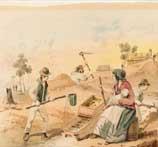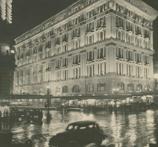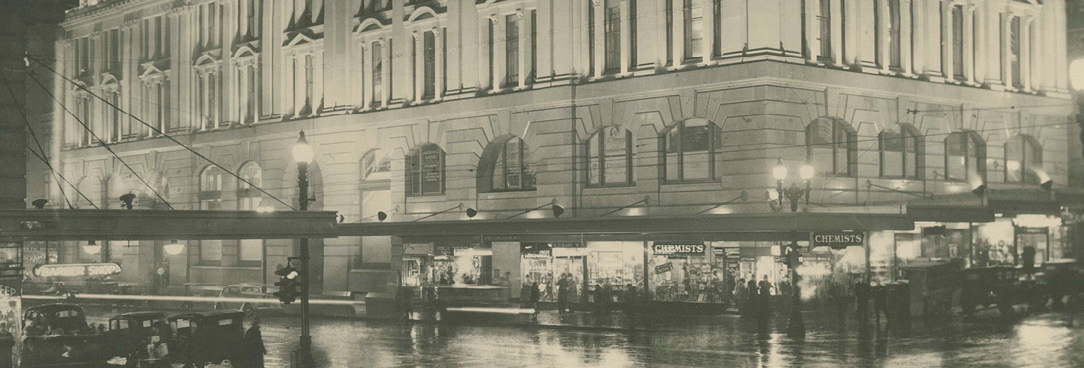Last updated:
Refereed articles

Colonial women of Victoria and the challenges of childbirth, 1850–1880
Expand SummaryThis article explores the common and unique challenges of early maternity which young migrant women faced in colonial Victoria. The private nature of pregnancy and childbirth in this era means that there are very few recorded personal accounts of their experiences. Using a range of primary sources which provide facts and clues and applying these to contemporary understandings to build a potential narrative of nineteenth-century childbirth in rural Victoria, this article provides insight into a fundamental female experience of colonial life.
Forum articles

The case of Elizabeth Scott, husband murderer
Expand SummaryThis article questions stereotypical assumptions regarding why a colonial woman did not leave a situation of domestic violence in colonial Australia. By analysing the 1863 case of Elizabeth Scott, the first woman to be hanged for a domestic violence related murder, I explore how an understanding of Battered Woman Syndrome would have been a means of lessening her sentence, had the syndrome been recognised at the time. Elizabeth was a victim of repeated and sustained domestic violence, commonly termed ‘wife-beating’ in the 1860s. Similar cases were constantly brought before the local courts and gruesome details faithfully reported in colonial newspapers. Husbands in the Colony of Victoria were routinely arrested and punished for beating their wives in the mid-1800s and into the 1900s. However, the judiciary struggled with how to deter and deal with the abusers. Colonial Victorian common law provided that a husband could subject his wife to punishment or chastisement, so long as no permanent injury was done. Surprisingly, judges dealt with this type of marital violence regularly and often sympathised with the battered partner. Men who assaulted their wives were usually ‘bound over to keep the peace’ by a short period of incarceration or a small fine with the abuser returning home, often to repeat the beatings. Mysteriously, Elizabeth did not prosecute her husband.

Memories of the State Savings Bank of Victoria Head Office
Expand SummaryThe head office of the State Savings Bank of Victoria was a Melbourne landmark, situated diagonally opposite the General Post Office (GPO) at the intersection of Bourke and Elizabeth streets. Built in stages between 1912 and 1935, the bank’s solid stone façade represented to the community the security of this institution; where the savings of its customers were guaranteed by the bank’s owner, the State Government of Victoria. Through a range of financial services that included mortgage lending, a school banking program, and an extensive network of branches found in almost every suburb and town in Victoria, the State Savings Bank of Victoria had a relationship with most Victorians at some stage in their lives.
The Elizabeth Street head office of the State Savings Bank of Victoria, fondly known by staff as ‘Lizzy’, stood as a silent witness to the day-by-day activity of a city evolving and modernising around it. The demolition of this building in 1975 was a significant loss to the architectural landscape of Melbourne, as well as to the historic and social fabric of the city. The destruction of the building, to redevelop the site with a new headquarters, was a precursor to the eventual demise of the State Savings Bank of Victoria itself, which was sold to the Commonwealth Bank in 1990.
Without a physical presence, the former head office of the State Savings Bank of Victoria is no longer able to speak for the institution it represented, the employees it housed, and the customers it served. In understanding this place, we must now rely upon the memory of people who had contact with it, who over time will, like this building, be gone. In this respect, the vast collection of photographs and architectural plans of this building, held by Public Record Office Victoria, not only prompts the memory of people that knew this place, but provides a valuable narrative to others on the history of this building and its importance in the lives of Victorians.
Material in the Public Record Office Victoria archival collection contains words and descriptions that reflect attitudes and government policies at different times which may be insensitive and upsetting
Aboriginal and Torres Strait Islander Peoples should be aware the collection and website may contain images, voices and names of deceased persons.
PROV provides advice to researchers wishing to access, publish or re-use records about Aboriginal Peoples
